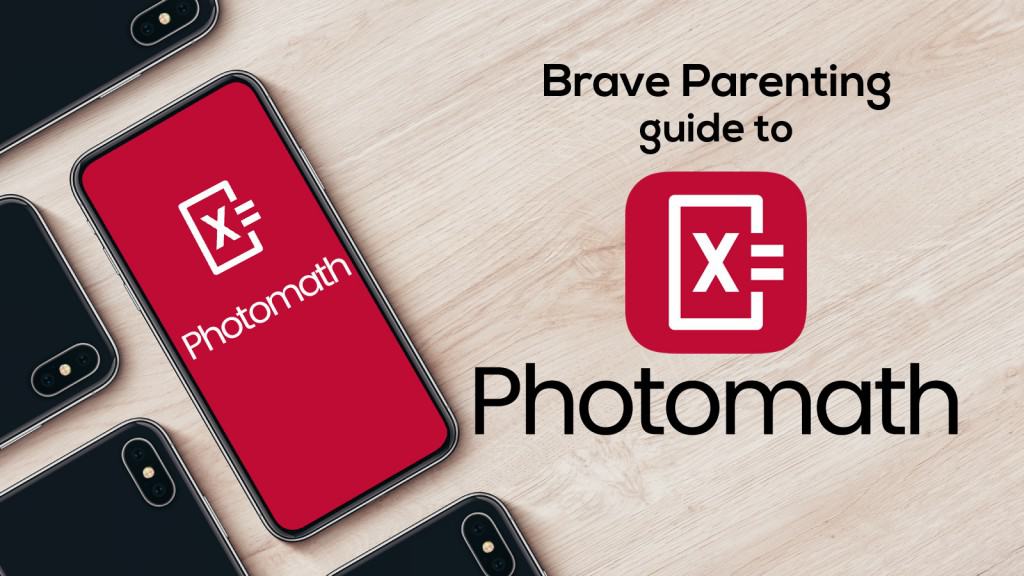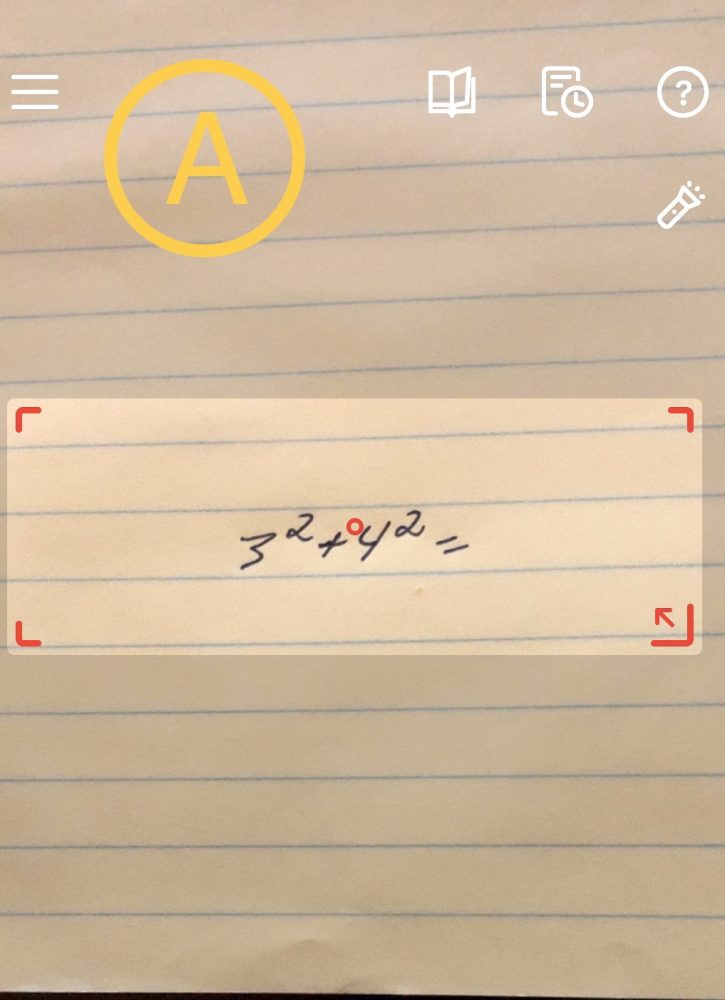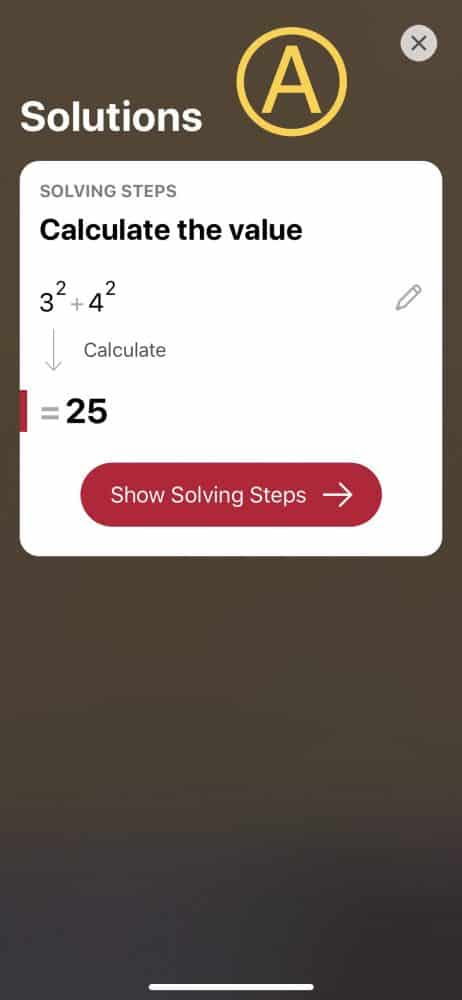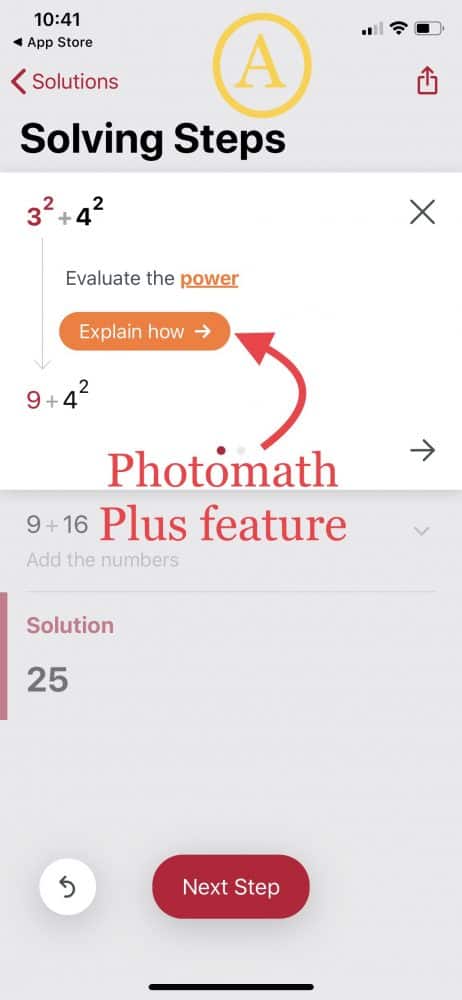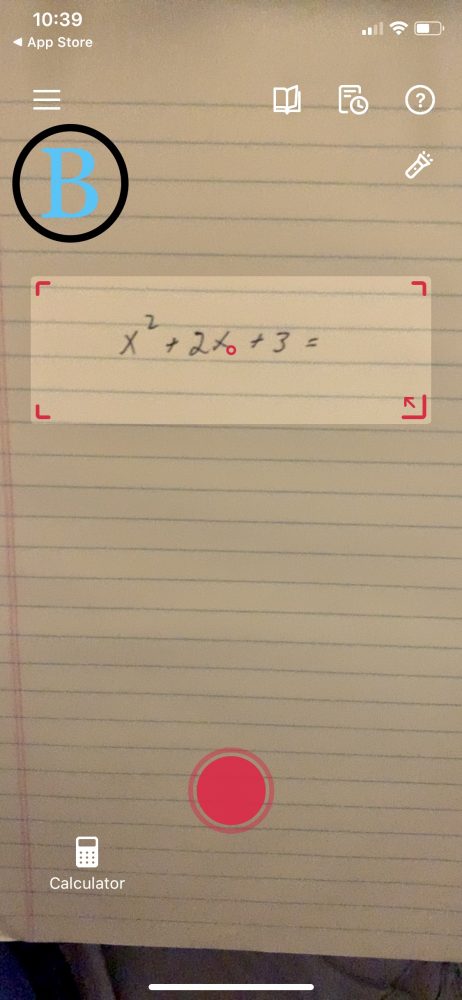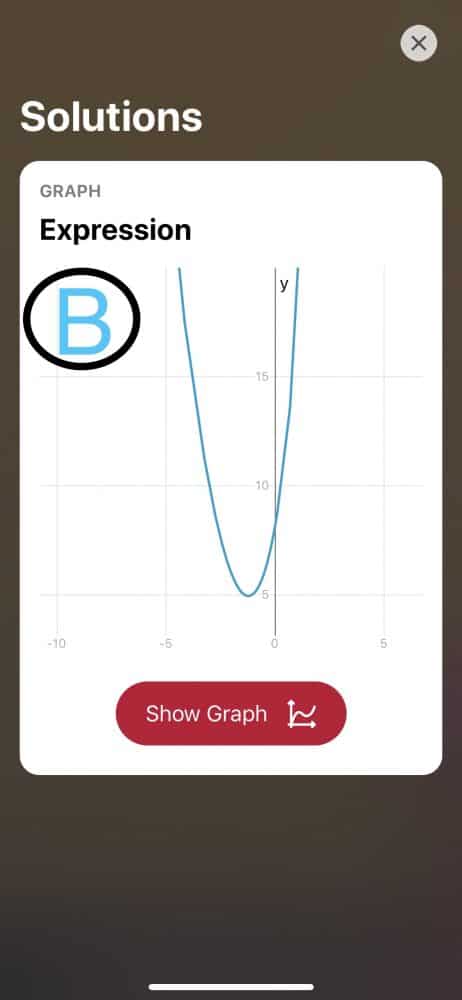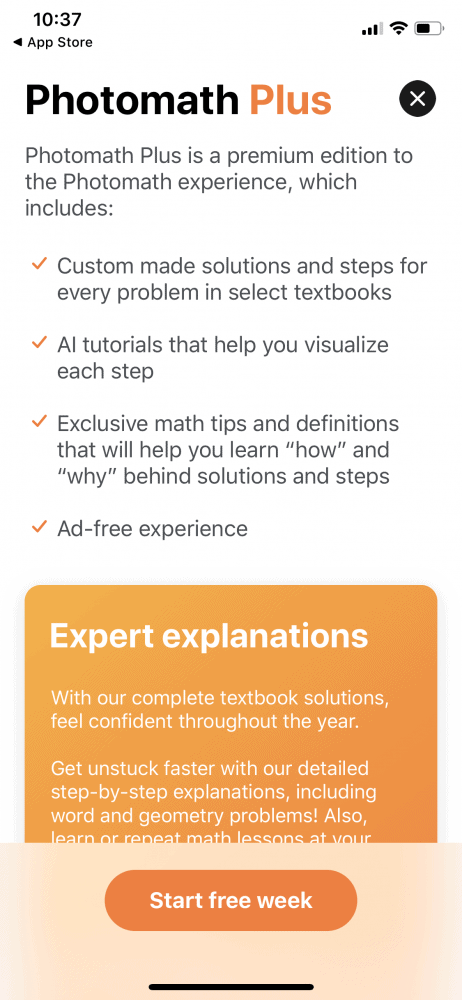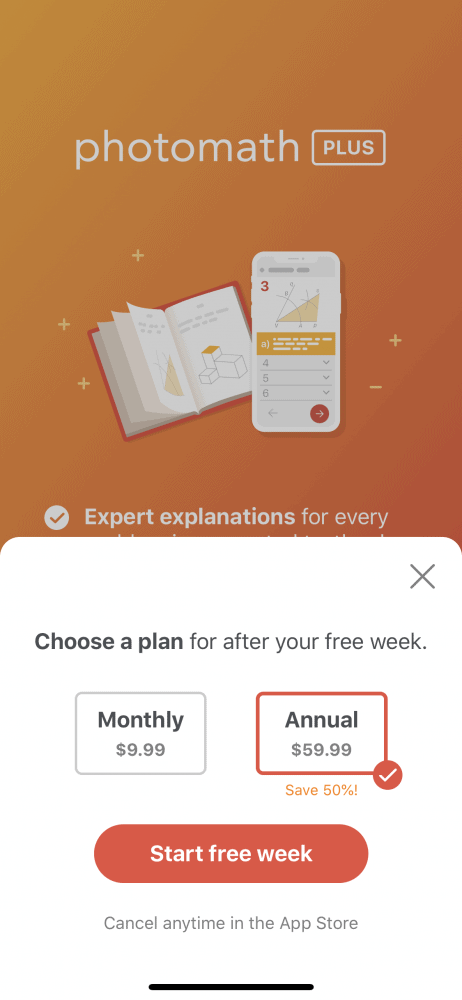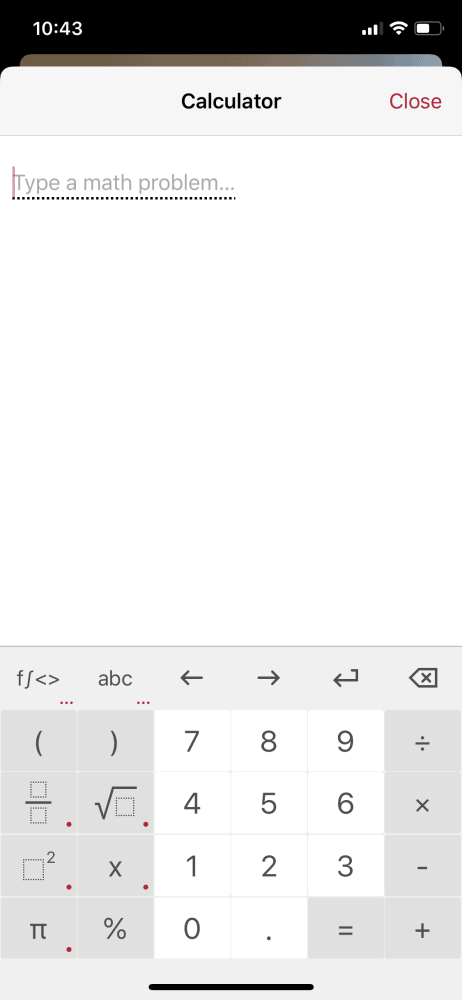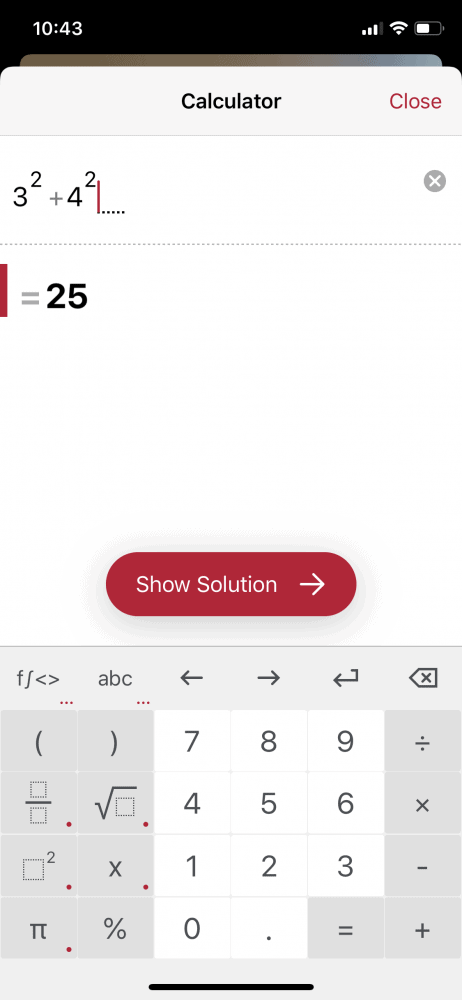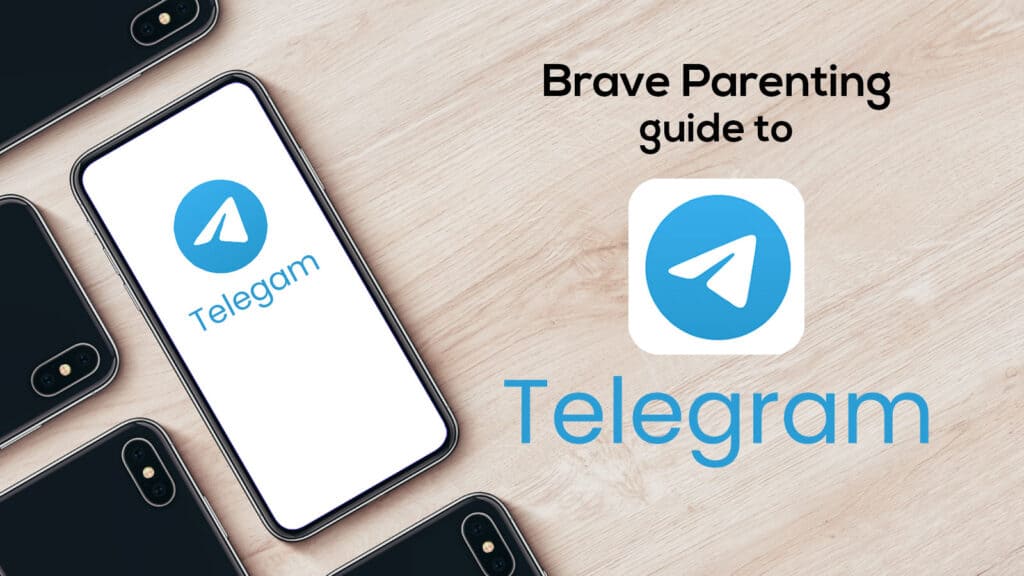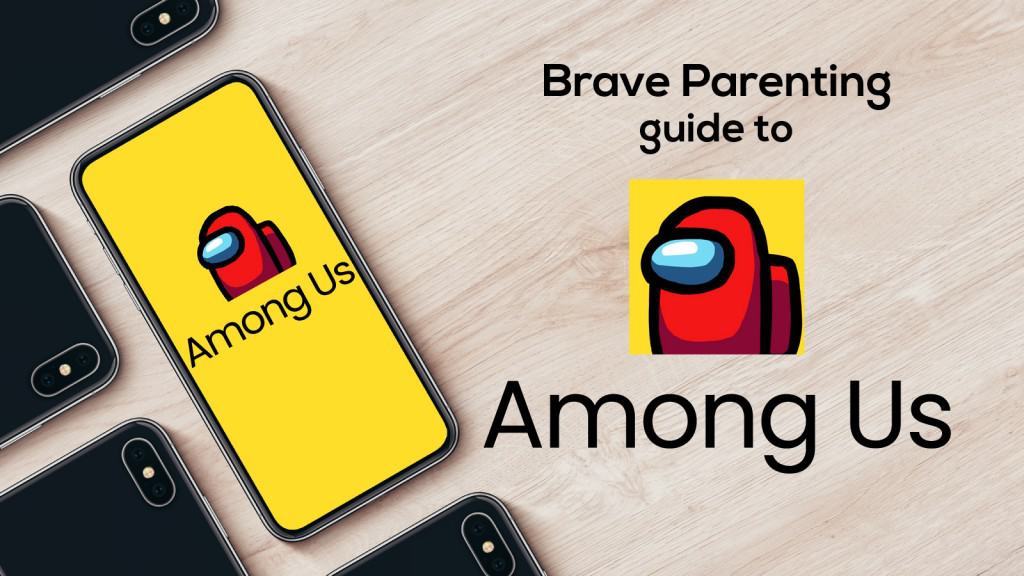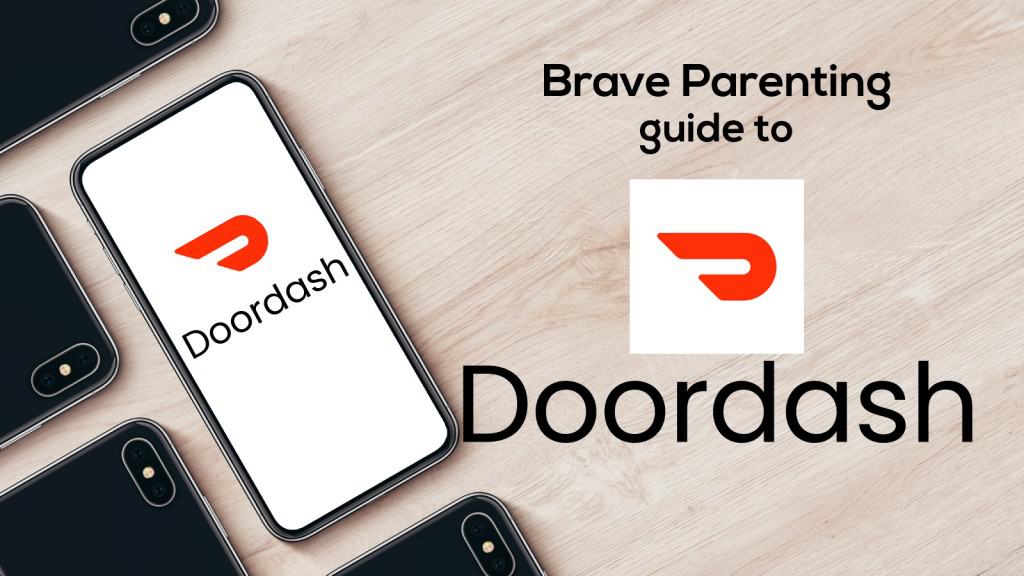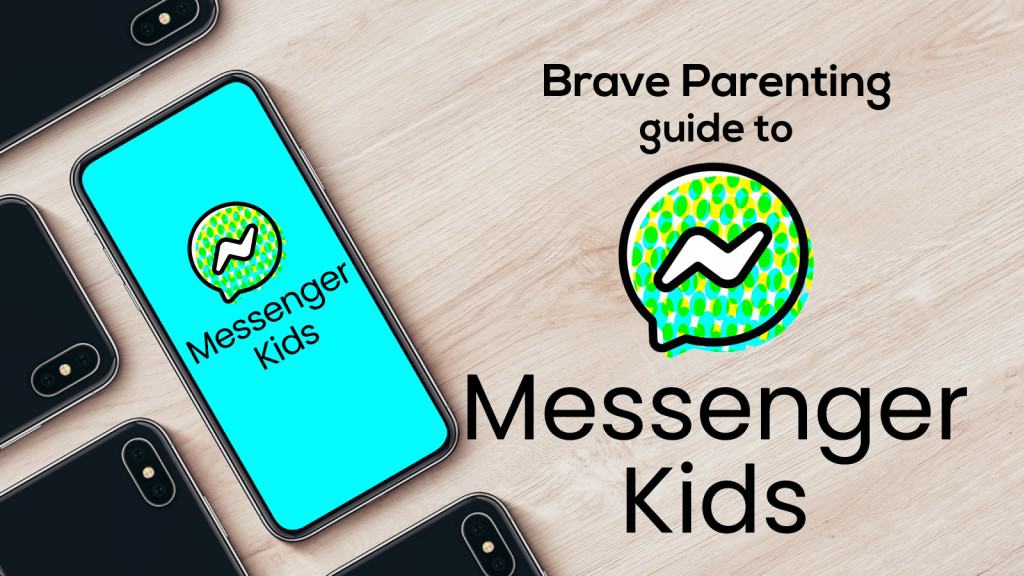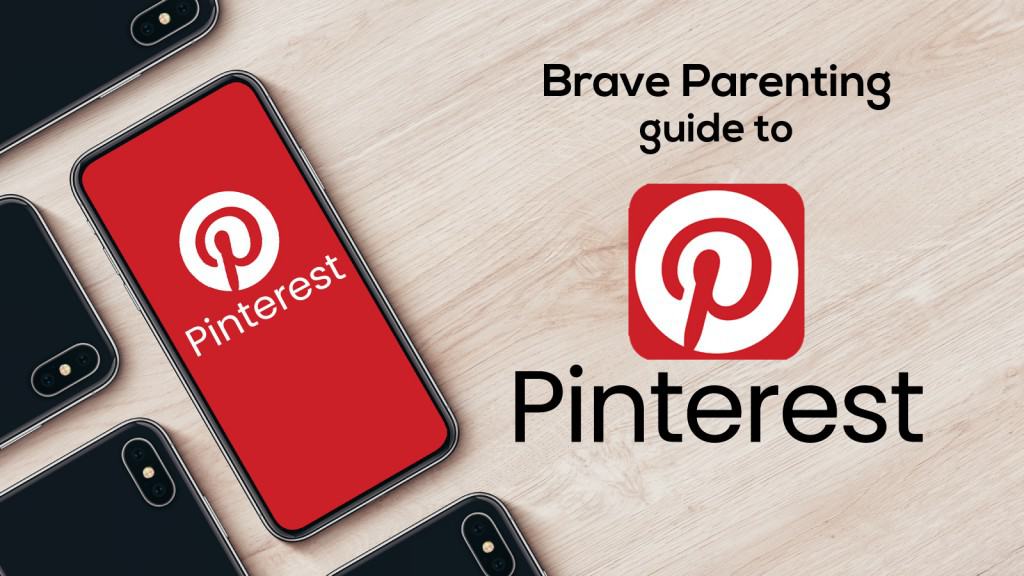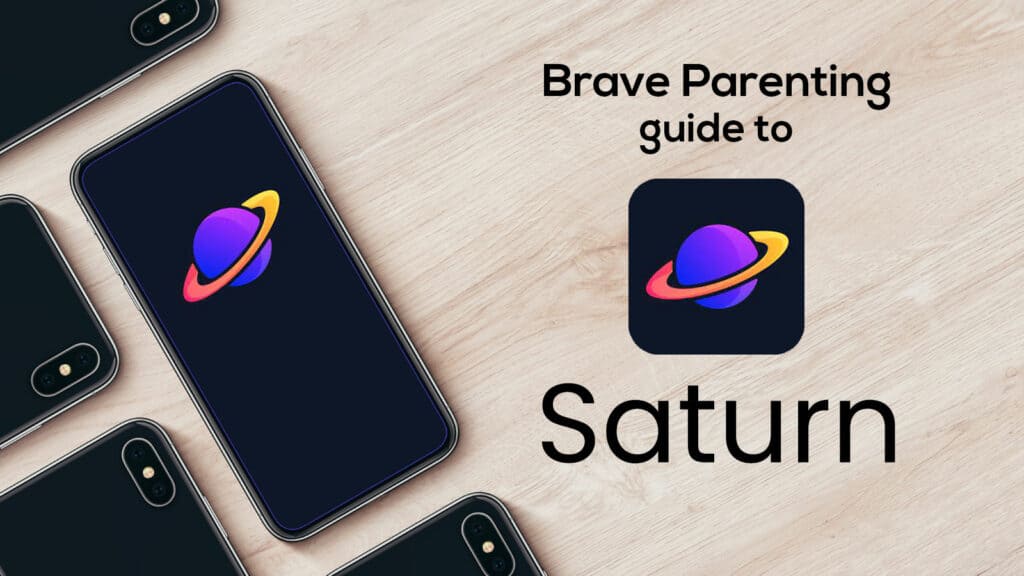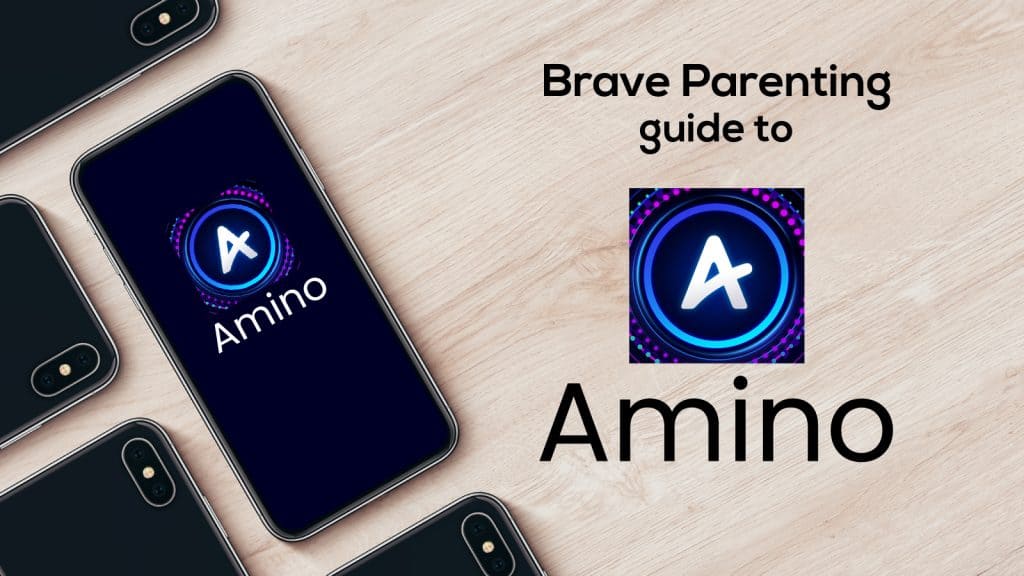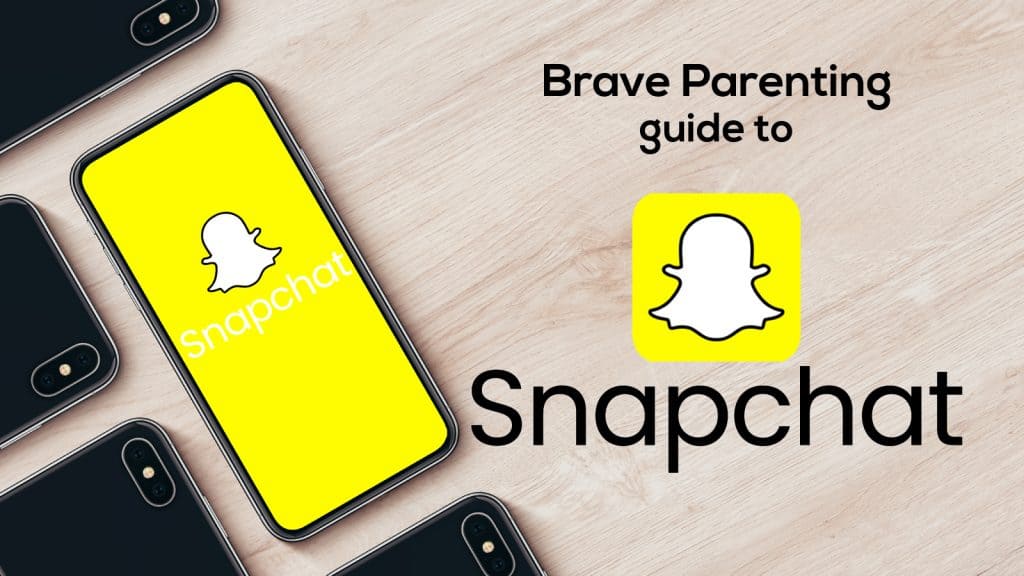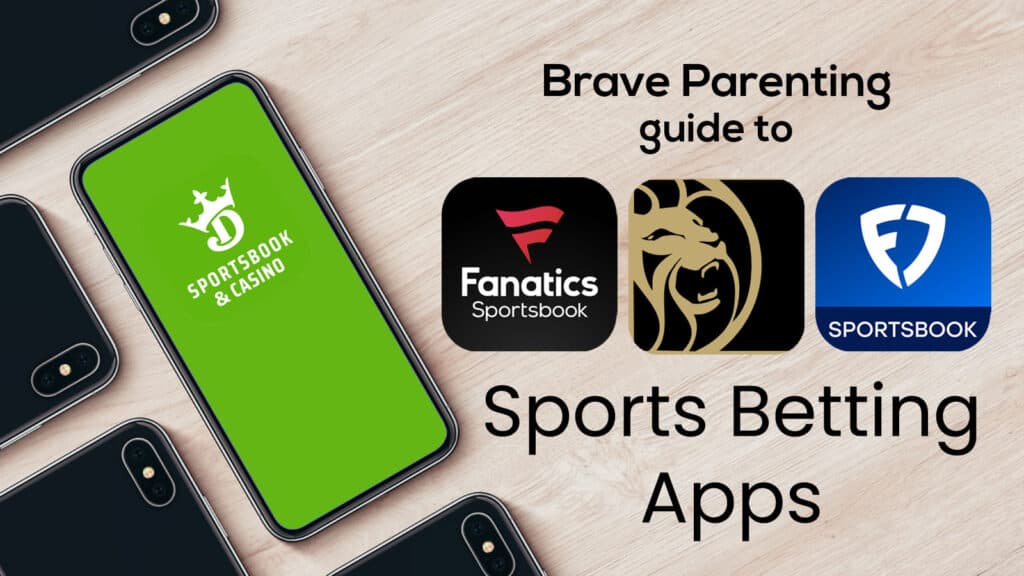What is Photomath and is it appropriate for my child?
Here are 5 FACTS every parent needs to know about Photomath:
#1 On-Demand Tutor
Photomath is an app that was created by an Engineer Father who was struggling with helping his High School son with math. Out of his frustration, Photomath was born. It can solve mathematical problems from basic addition to complex calculus.
According to their website, Photomath has a dedicated in-house R&D team of veteran math teachers who research the most effective, contemporary teaching methodologies, develop frameworks for solving math problems, and test and apply these frameworks in live classrooms.
They boast their app is like a free on-demand tutor. It helps maximize comprehension of concepts learned in the classroom, develops mathematical reasoning, and fills in knowledge gaps. Even more, it helps raise scores on AP’s, SAT’s and ACT’s.
But perhaps the most practical benefit they promote on the website is: checking homework. Parents, who less than confident in their math skills, can use the app to help their child through understanding an equation or checking their work for accuracy.
#2 Smart Camera Calculator
The app works by using your phone’s camera to scan the problem which can be typed or handwritten. The app then reads and solves the mathematical problem.
Along with the solution the app provides an animated step-by-step work needed to solve the equation. This animation is one way the app can feel like an on-demand tutor. Watching the problem as it is solved just as you would watch a teacher on a smartboard. When applicable, the app even offers multiple options to solving the problem.
This is both awesome and dangerous. Awesome in the sense that it can help a motivated student identify any mistakes or errors in solving. But it is dangerous in that an unmotivated student can copy these step-by-steps as a way to “show their work”.
#3 Photomath for Teachers
Photomath promotes the use of their app in the classroom. They have a teacher section of their website and a PDF of best practices for teachers to integrate the technology of Photomath into a students education.
They claim: “Photomath should be used to explore math concepts so that students integrate this resource to enhance, not replace, their mathematical thinking.” and also that, “We want every student to assume responsibility for her/his own learning and become confident in her/his math learning capabilities.”
While an understandable goal, it is hard for many teachers and parents to embrace this level of technology inside a mathematics classroom. As the technology of graphing calculators has long enabled students to cheat, it is even harder to place such trust into an app that doesn’t just store equations but solves the entire problem! It would take a highly capable and motivated teacher to incorporate the app while still teaching mastery of concepts and critical thinking.
**On a personal note ** Brave Parenting co-founder also happens to be a high school geometry teacher. In an anonymous survey of his on-level 10th grade geometry classes, over half of them admitted to using Photomath (or a similar app) to complete their work. He does not currently incorporate Photomath into his curriculum. This would be considered only if the app was on a school-issued device. Otherwise, the notifications and distractions from students’ personal devices would make it a waste of time.
#4 Photomath Plus
For several years of Photomath’s beginnings they offered all their content for free. Now that Photomath consistently ranks as one of the top apps in the Education category, they have enough rapport and reputation to charge for a majority of their best services.
The Photomath Plus subscription is $9.99/month or $59.99/year. This paid version is now the only way to see the solving steps of many advanced mathematical problems. Users of the free version of Photomath will still see steps to solving more basic math. However, explanations are only available with subscription. (See pictures labeled A) For more complicated problems only the answer is given. (See pictures labeled B)
Utilizing in-app purchases in a subscription model is certainly not new. What is most interesting however, is that they made the paid portion of the app the very portion that encourages its resourcefulness and learning: the steps to solve the problem! Leaving the solutions available for free dissuades learning and promotes cheating. If a student isn’t willing or able to pay for the subscription but can get the answers for free, it can be very tempting to skirt the work of learning and turn in only the answers.
#5 Parental Controls & Ratings
App Store: 4+
Google Play: E (Everyone)
Photomath: 13+
Brave Parenting: Honors/AP Math students in High School
This app has great potential for parents to help their children with their homework. Adolescents and teens have a limited amount of self-control. Therefore, most kids won’t be able to resist it doing their work for them. Having the app on a parent’s phone promotes the learning and hard work skills they need. Using the app as guidance, a parent can come alongside and help when they are stuck. Similarly, when the work is complete they can ask a parent to use the app to check their work.
Based on how easy cheating is on this app, we don’t recommend it for on-level math students. For students enrolled in honors or AP level mathematics in high school, we do believe this app could be used safely without concern of cheating. This is partly due to the character and work ethic that is most often present in these students. Additionally, the detailed steps and alternate solving methods can be a useful adjunct to the rapid pace of learning new concepts in AP classes.
Yet, we know every child is different. Therefore, we simply recommend evaluating your child’s self-control and their integrity (to guard against the temptation of cheating) before allowing Photomath on their phone. We might also add that you should consider your child’s mathematical abilities. Are they smart but lazy? Hard-working and persistent yet always struggling?
Regarding Photomath Plus, while the cost seems high, it is cheaper than a private tutor who (in our experience) charge upwards of $50/hour.

